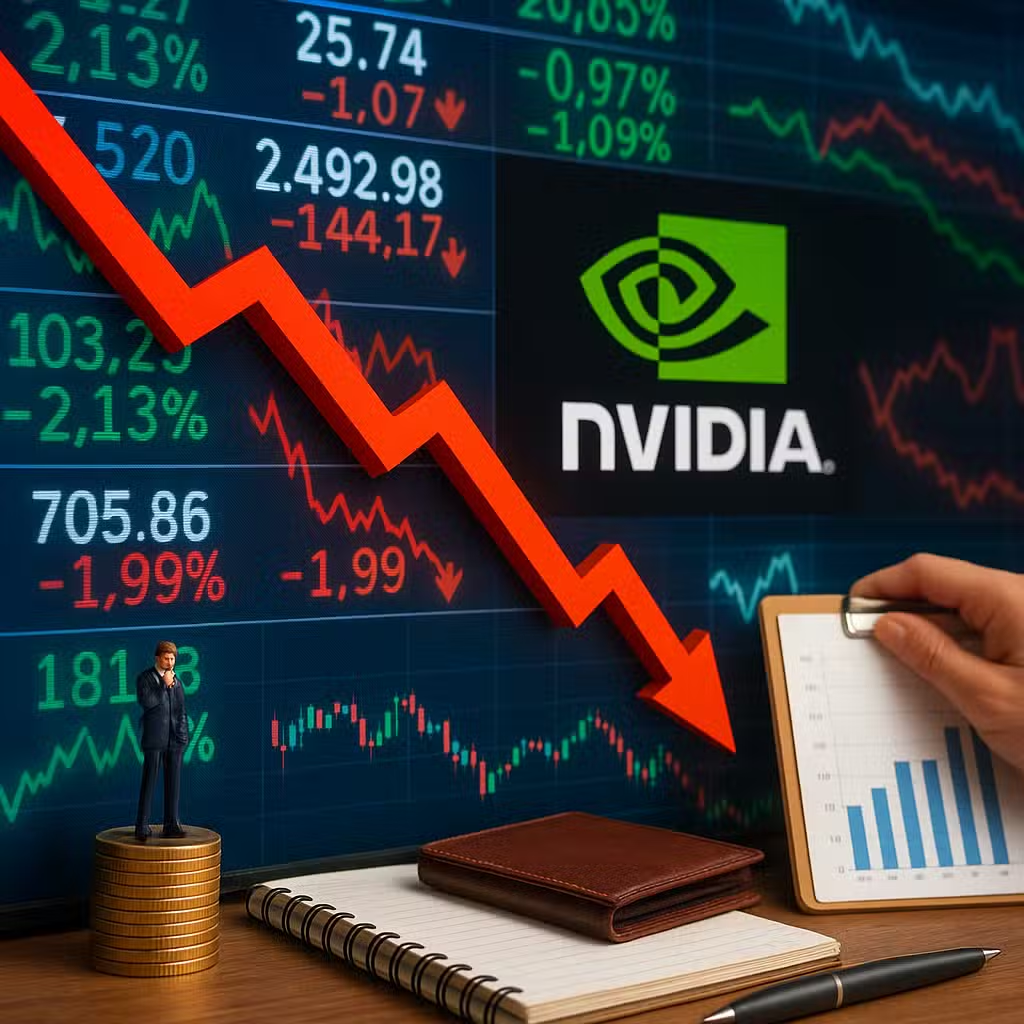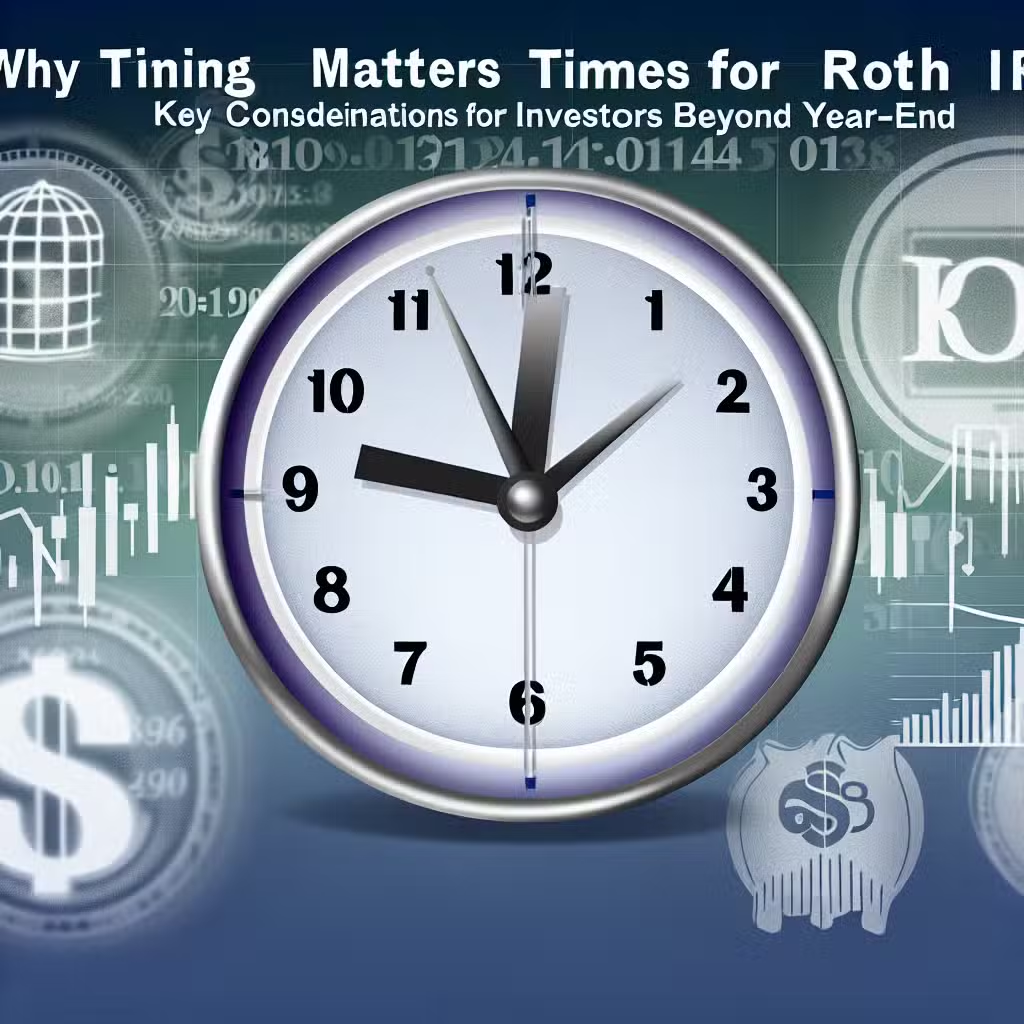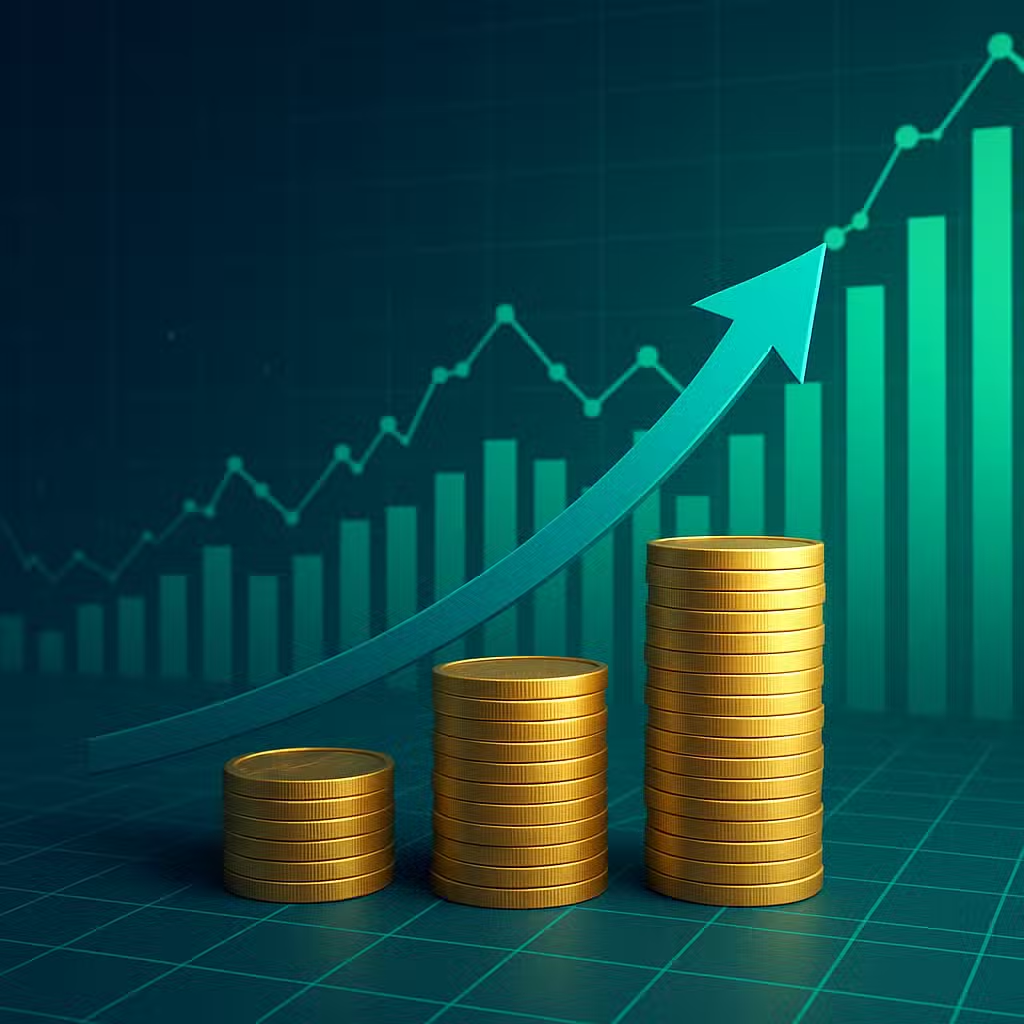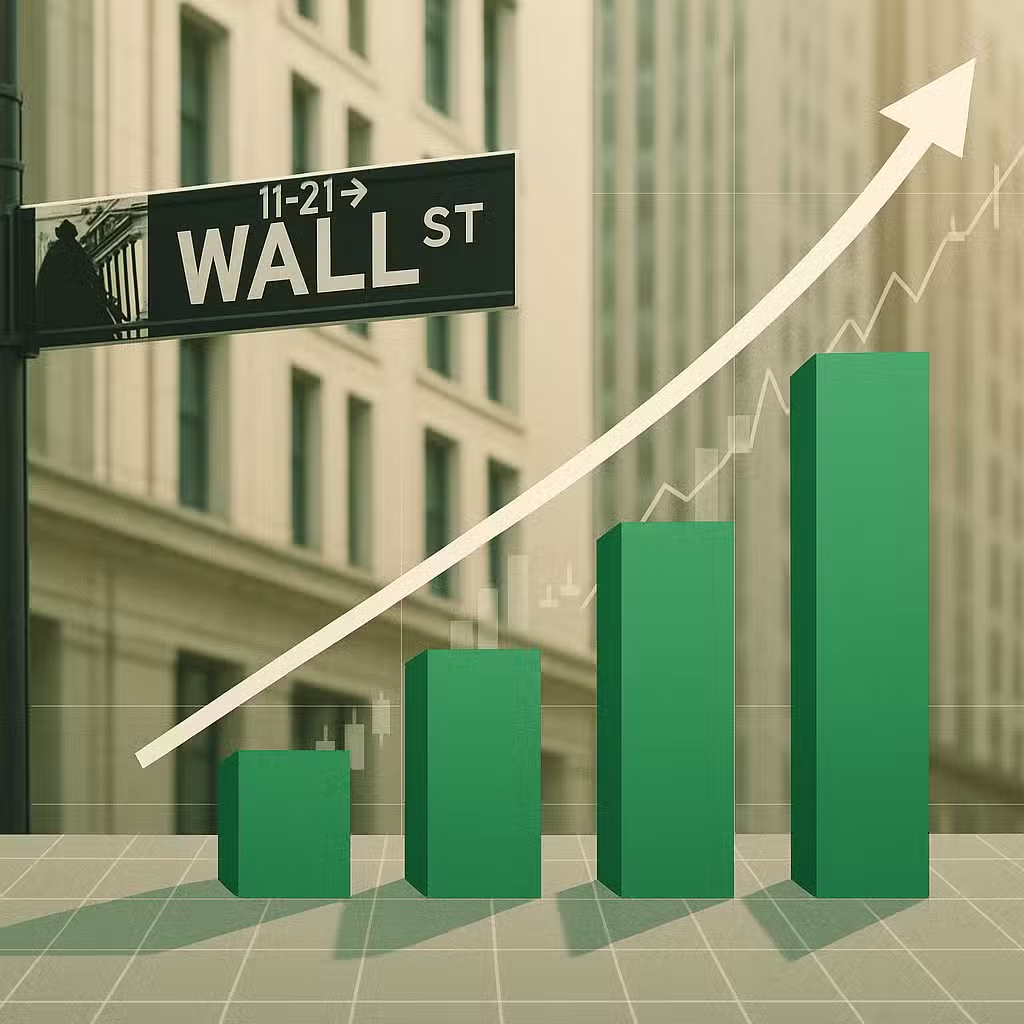Gold’s Surge Signals Need for Investors to Rethink Traditional 60/40 Portfolio Strategy
Imagine your favorite sports team suddenly changing its lineup—putting new players in, shifting positions, and swapping out old strategies. That’s what’s happening right now in the world of investing, and it could change how you build your portfolio for years to come.
The Classic 60/40 Portfolio: Why It’s Changing
For decades, investors followed a simple game plan: put 60% of your money in stocks and 40% in bonds. This “60/40 portfolio” was like a peanut butter and jelly sandwich—easy, reliable, and usually satisfying. But lately, this old favorite isn’t working as well. Stocks and bonds are moving up and down together more often, instead of balancing each other out. Plus, worries about inflation, government spending, and big global events are making bonds less dependable for safety.
That’s why more investors and experts are trying a new recipe: the 60/20/20 portfolio. This means:
- 60% in stocks (the same as before)
- 20% in bonds (half as much as before)
- 20% in “alternatives”—like gold, bitcoin, and other things that aren’t stocks or bonds
This shift matters for investors because it could help protect portfolios from big swings, and maybe even boost returns, when the old mix just isn’t cutting it anymore.
Why Gold and Crypto Are Grabbing Attention
Gold isn’t just a shiny rock—it’s becoming a star player for investors. In 2024, gold hit a record high above $4,300 and is up more than 60% for the year. This run is fueled by central banks buying gold, countries moving away from the U.S. dollar, and worries about global conflicts. According to the World Gold Council, gold ETFs (funds you can buy like stocks) brought in almost $11 billion in September alone—the biggest monthly inflow ever. That’s a lot of people betting on gold.
Bitcoin, the biggest cryptocurrency, is also making waves. It hit a record high of $126,000 in October 2024. Investors poured over $4 billion into the iShares Bitcoin Trust ETF in just two weeks, showing huge demand. Some advisors say putting as much as 40% in crypto could make sense for certain investors, though that’s a bold move.
Even silver is shining brighter, with prices reaching a record $53.59 per ounce. Silver is special because it’s used in thousands of products, from electronics to solar panels, so it rises with both precious metal demand and new technology trends.
Why Some Experts Are Excited (Bull Case)
- Diversification: Alternatives like gold and crypto don’t always move the same way as stocks and bonds, which can help smooth out the ups and downs in your portfolio.
- Inflation Protection: Gold and other real assets often hold their value when prices go up everywhere else.
- Strong Returns: In 2024, gold rose over 60% and some gold ETFs are up about 11% just this month, according to the World Gold Council.
- New Growth Areas: Crypto and silver are tied to big trends like digital money and clean energy.
Why Some Experts Are Cautious (Bear Case)
- Big Swings: Bitcoin and other cryptocurrencies can lose value fast—bitcoin dropped over 8% in just one week after its record high.
- No Guarantees: Just because gold and crypto are hot now doesn’t mean they’ll always outperform. Past performance isn’t a promise for the future.
- Complexity: Alternatives can be confusing and risky. Gold is usually “risk off” (safer), while crypto is “risk on” (riskier).
- Potential Bubbles: Areas like private credit have grown fast and could be hiding risks, as seen when a big auto parts company suddenly went bankrupt.
A study by Vanguard found that adding a small slice (5–15%) of alternatives like gold to a traditional portfolio can lower risk and sometimes improve returns, but going much higher can add more risk than reward. Read more here.
Investor Takeaway
- Think about adding a small amount (5–15%) of gold or other alternatives to your portfolio—don’t bet the farm on any one thing.
- Remember that alternatives can help smooth out your returns, especially when stocks and bonds move together.
- Stay cautious with crypto—big gains can come with big drops. Only invest money you’re willing to lose.
- Review your portfolio mix every year. What worked in the past might not work tomorrow.
- Always do your homework and talk to a financial advisor before making big changes.
For the full original report, see CNBC







